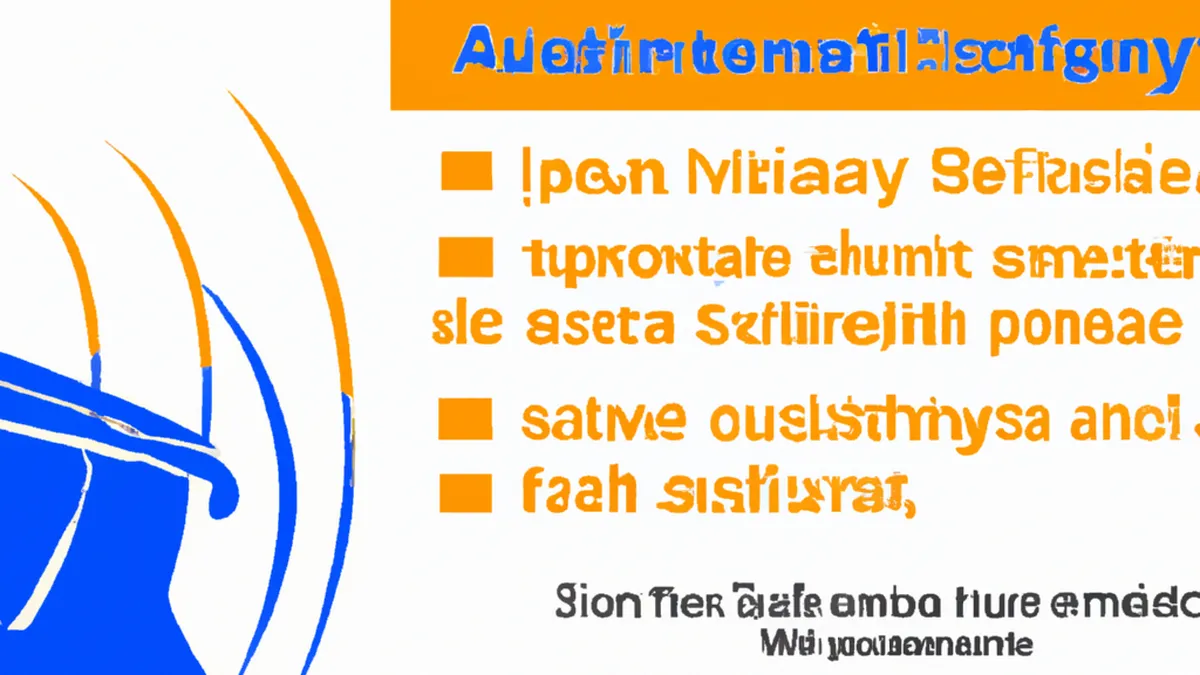Enrich Sun Safety Practices through Analytical Insights
How to Utilize Data Analytics to Improve Sun Safety Practices
Sun safety is crucial for everyone. Harmful UV rays can cause skin cancer and other serious health issues. The World Health Organization reports millions of new skin cancer cases each year. Data analytics can enhance sun safety practices for individuals and organizations. By leveraging data, we can identify trends, measure effectiveness, and raise sun safety awareness.
In this blog post, we will explore how to utilize data analytics to improve sun safety practices. We will provide practical tips, advice on gathering data, and benefits of using analytics.
Understanding the Importance of Data in Sun Safety
Data analytics examines data sets to draw conclusions. Organizations can understand sun safety practices better through analysis. Analyzing data helps identify effective and ineffective practices. Organizations can also determine how various factors influence sun exposure, like location, weather, and individual behaviors.
Data can reveal patterns in sunburn incidents across demographics, such as age, gender, and skin type. This information helps organizations tailor sun safety campaigns effectively. Additionally, it empowers individuals to make informed decisions, ultimately reducing their risk of skin cancer and other UV-related issues.
Tips for Collecting Relevant Data
To improve sun safety practices, gather relevant data first. Here are some tips for effective data collection and analysis.
1. Use Surveys and Questionnaires
Surveys provide valuable insights into public awareness and behaviors regarding sun safety. Ask participants about sun exposure habits, sunscreen use, knowledge of UV risks, and sunburn frequency. Ensure your questions remain clear and concise for accurate data. Use online tools like SurveyMonkey or Google Forms to reach broader audiences.
2. Monitor UV Index Levels
The UV Index offers real-time data about UV radiation levels in specific areas. Monitoring this index helps determine when people face increased UV exposure risk. Use this information to create alerts and recommendations. For example, notify community members to wear sunscreen on days with high UV index levels.
3. Analyze Health Data
Health organizations and governmental agencies collect data on skin cancer rates and sunburn incidents. Partnering with these organizations grants access to valuable information. Analyzing this data helps identify trends in skin cancer prevalence and correlates them with sun safety practices. For instance, you might find higher skin cancer rates in areas with lower sun safety awareness.
4. Leverage Social Media Insights
Social media platforms offer insights into public sentiment regarding sun safety. Analyze posts, comments, and shares related to sun safety campaigns. Use sentiment analysis tools to gain deeper understanding.
Conclusion
Data analytics can significantly enhance sun safety practices. By collecting and analyzing relevant data, organizations and individuals can improve awareness and reduce skin cancer risks.
Below are related products based on this post:
FAQ
Why is data analytics important for sun safety practices?
Data analytics is vital for sun safety practices as it allows organizations to examine data sets to draw conclusions about sun exposure habits and their effects. By analyzing this data, organizations can identify effective and ineffective sun safety practices and tailor campaigns to specific demographics, ultimately empowering individuals to make informed decisions that reduce their risk of skin cancer and other UV-related issues.
What are some effective methods for collecting data on sun safety?
Effective methods for collecting data on sun safety include using surveys and questionnaires to gauge public awareness and behaviors, monitoring UV Index levels to determine when people are at increased risk, analyzing health data from organizations to identify trends in skin cancer prevalence, and leveraging social media insights to understand public sentiment regarding sun safety campaigns.
How can organizations use the collected data to improve sun safety awareness?
Organizations can use collected data to identify patterns and trends that inform their sun safety campaigns. By analyzing demographics, behaviors, and health data, they can create targeted interventions, develop educational materials, and issue alerts during high-risk UV days, thereby increasing awareness and promoting safer sun exposure practices within their communities.















Post Comment